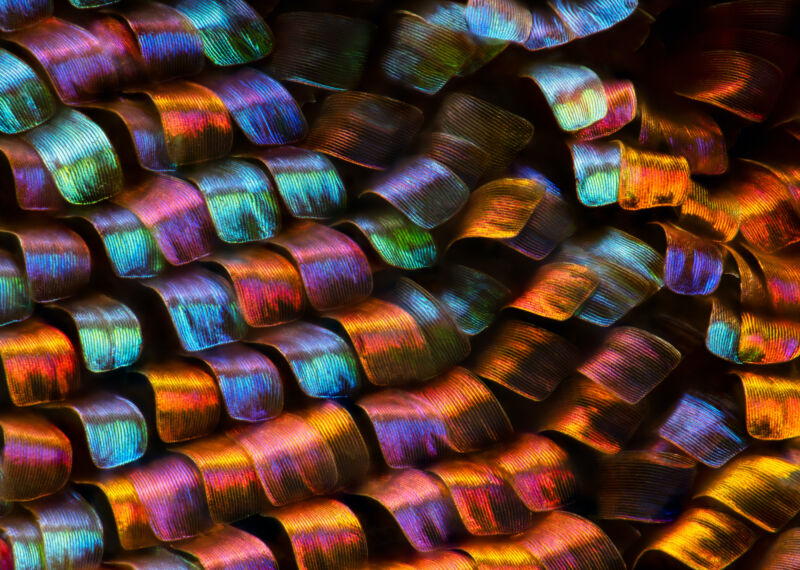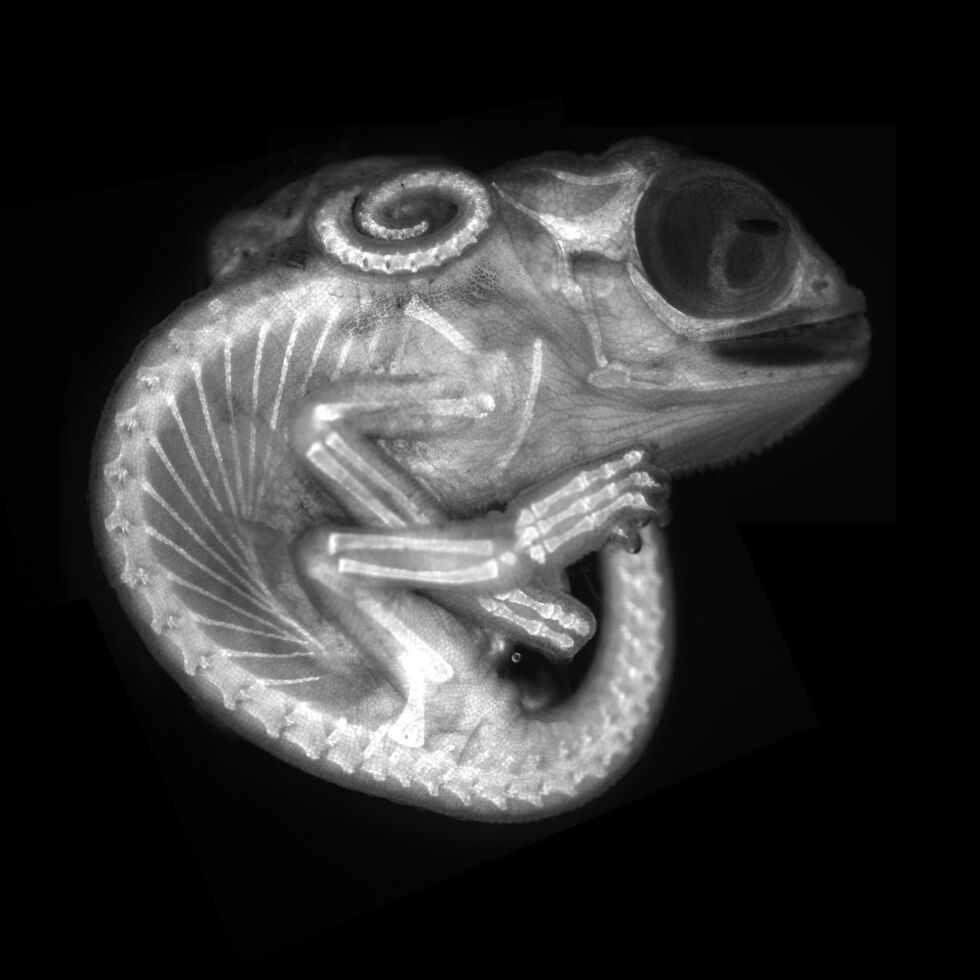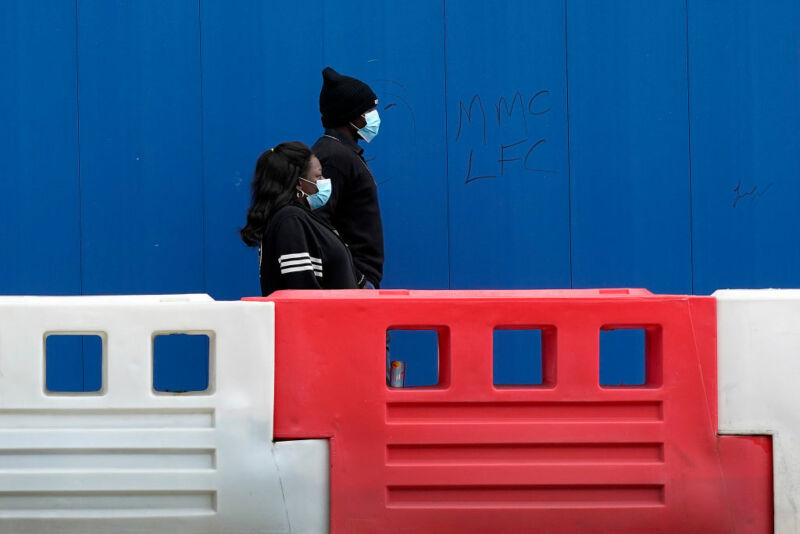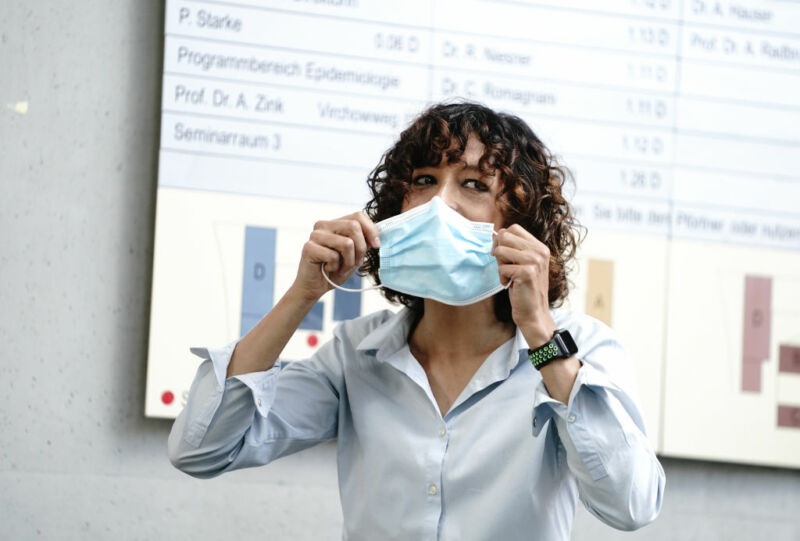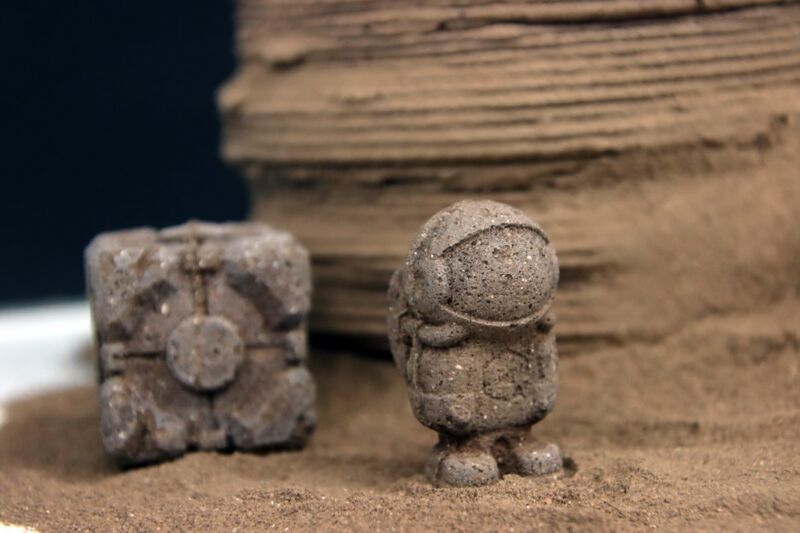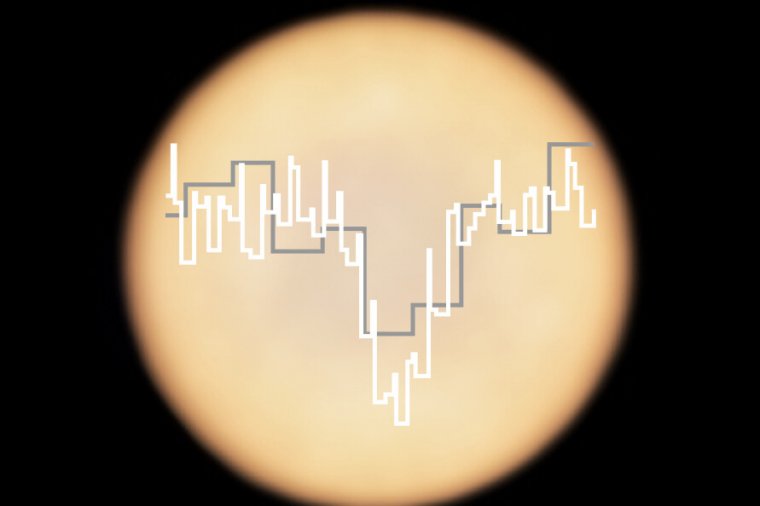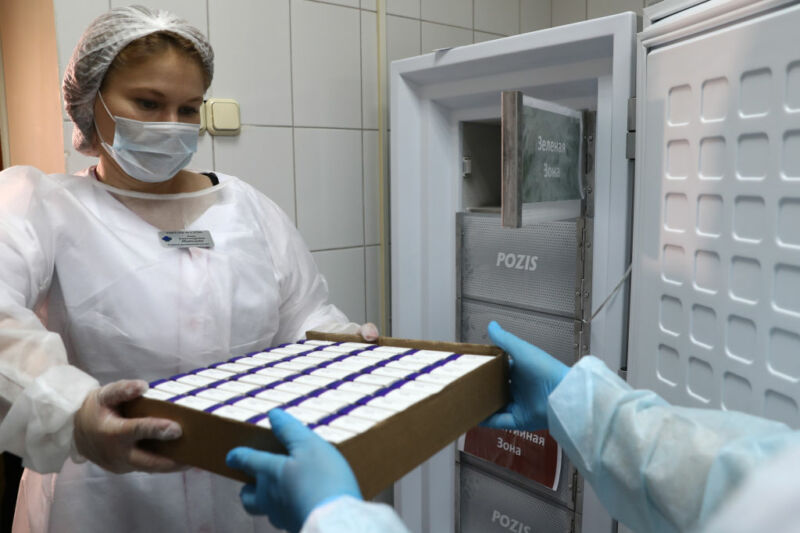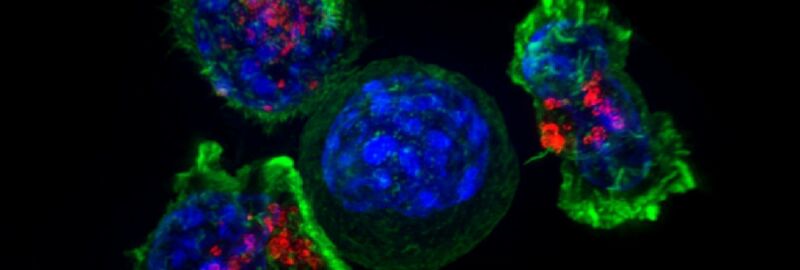-
 chevron_right
chevron_right
A mildly insane idea for disabling the coronavirus
John Timmer · news.movim.eu / ArsTechnica · Saturday, 28 November, 2020 - 17:06 · 1 minute
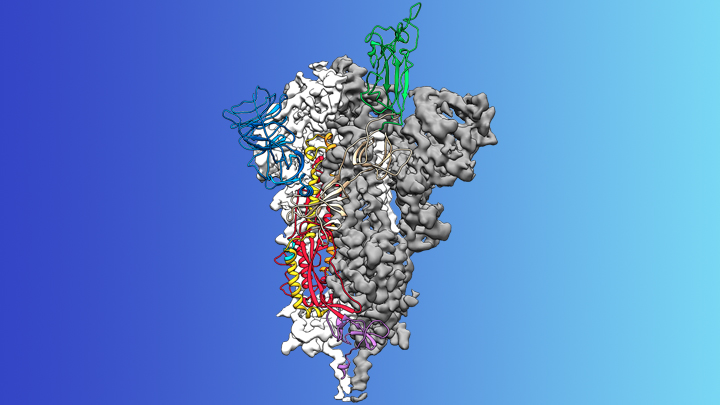
Enlarge / Diagram of the structure of the virus' spike protein. (credit: McLellan Lab, University of Texas at Austin )
When the COVID-19 pandemic was first recognized for the threat that it is, researchers scrambled to find anything that might block the virus' spread. While vaccines have grabbed much of the attention lately, there was also the hope that we could develop a therapy that would block the worst effects of the virus. Most of these have been extremely practical: identify enzymes that are essential for the virus to replicate, and test drugs that block similar enzymes from other viruses. These drugs are designed to be relatively easy to store and administer and, in some cases, have already been tested for safety in humans, making them reasonable choices for getting something ready for use quickly.
But the tools we've developed in biotechnology allow us to do some far less practical things, and a paper released today describes how they can be put to use to inactivate SARS-CoV-2. This is in no way a route to a practical therapy, but it does provide a fantastic window into what we can accomplish by manipulating biology.
Throw it in the trash
The whole effort described in the new paper is focused on a simple idea: if you figure out how to wreck one of the virus' key proteins, it won't be able to infect anything. And, conveniently, our cells have a system for destroying proteins, since that's often a useful thing to do. In some cases, the proteins that are destroyed are damaged; in others, the proteins are made and destroyed at elevated paces to allow the cell to respond to changing conditions rapidly. In a few cases, changes in the environment or the activation of signaling pathways can trigger widespread protein destruction, allowing the cell to quickly alter its behavior.

